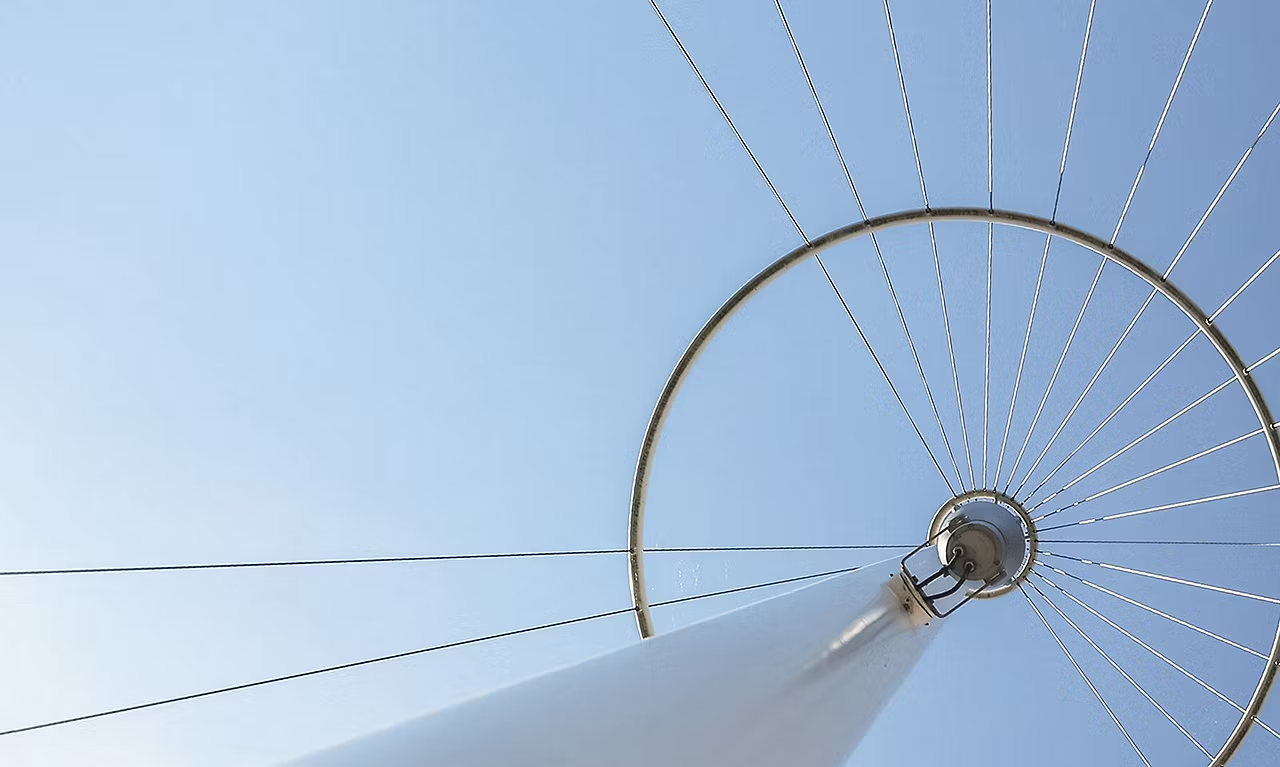SUMMARY
- S&P Dow Jones Indices has been the de facto scorekeeper of the ongoing active versus passive debate since the first publication of the SPIVA U.S. Scorecard in 2002. Over the years, we have built on our 18 years of experience publishing the report by expanding scorecard coverage into Australia, Canada, Europe, India, Japan, Latin America, and South Africa.
- The SPIVA Australia Scorecard reports on the performance of Australian active funds against their respective benchmark indices over different time periods. In this scorecard, we evaluated returns of over 910 Australian equity funds (large, mid, and small cap, as well as A-REIT), 463 international equity funds, and 116 Australian bond funds.
- Market sell-offs were seen in different Australian equity market segments in the first half of 2020 due to the COVID-19 pandemic, while Australian bonds recorded a small gain. Apart from A-REIT funds, the majority of funds in all categories suffered worse drawdowns versus their respective benchmark indices.
- All fund categories recorded smaller average returns than their respective benchmark indices in the first half of 2020 on both equal- and asset-weighted bases. The same was observed for the 10- and15-year periods, except for the Australian Equity Mid- and Small-Cap category.

- Australian Equity General Funds: The S&P/ASX 200 lost 10.42% in the first half of 2020, while Australian Equity General funds recorded worse drawdowns of 11.66% and 11.39% on equal- and asset-weighted bases, respectively. Over the 6- and 12-month periods ending June 2020, 64.16% and 57.14% of funds in this category underperformed the benchmark, respectively. Over the 10- and 15-year horizons, less than 20% of funds managed to survive and deliver higher returns than the benchmark.
- Australian Equity Mid- and Small-Cap Funds: The S&P/ASX Mid-Small dropped 6.86% in the first six months of 2020, while the Australian Equity Mid- and Small-Cap funds recorded a bigger loss. Average fund return on an equal-weighted basis was worse than that based on an asset-weighted basis, indicating that funds with smaller assets tended to suffer more losses, which was inconsistent with observations over longer periods. Over the 6- and 12-month periods ending June 2020, 55.64% and 49.61% of funds in this category did not outperform the benchmark, respectively.
- International Equity General Funds: The international equity market suffered a smaller loss than the Australian equity market in the first half of 2020. The S&P Developed Ex-Australia LargeMidCap lost 3.20%, while International Equity General funds marked an equal-weighted average return of -3.88%, with 60.37% of funds underperforming the benchmark. Over the 10- and 15-year periods, more than 90% of funds underperformed the S&P Developed Ex-Australia LargeMidCap.
- Australian Bond Funds: The S&P/ASX Australian Fixed Interest 0+ Index recorded a gain of 3.59% in the first half of 2020, while Australian Bonds funds recorded smaller gains of 2.94% and 2.87% on equal- and asset-weighted bases, respectively. Over the 6- and 12-month periods ending June 2020, 73.13% and 68.12% of funds in this category underperformed the benchmark.
- Australian Equity A-REIT Funds: The S&P/ASX 200 A-REIT suffered a severe loss of 21.29% in the six-month period ending June 2020, while the Australian Equity A-REIT funds lost 22.06% and 22.21% on equal- and asset-weighted bases, respectively. Over the 6- and 12-month periods ending June 2020, 44.78% of funds in this category underperformed the benchmark, though a much higher portion of funds failed to beat the benchmark over longer periods.
- Fund Survivorship: In spite of the COVID-19 pandemic, we did not see higher fund liquidation rates across all fund categories in the 12-month period ending June 2020, compared with previous scorecards. Of all Australian funds measured, 2.67% were merged or liquidated, with Australian Bond funds recording the highest liquidation rate of 4.35%. In contrast, only 1.49% of Australian Equity A-REIT funds failed to survive. Over longer horizons, only 78.85%, 63.09%, and 51.82% of funds across all categories survived the 5-, 10-, and 15-year periods, respectively.














































